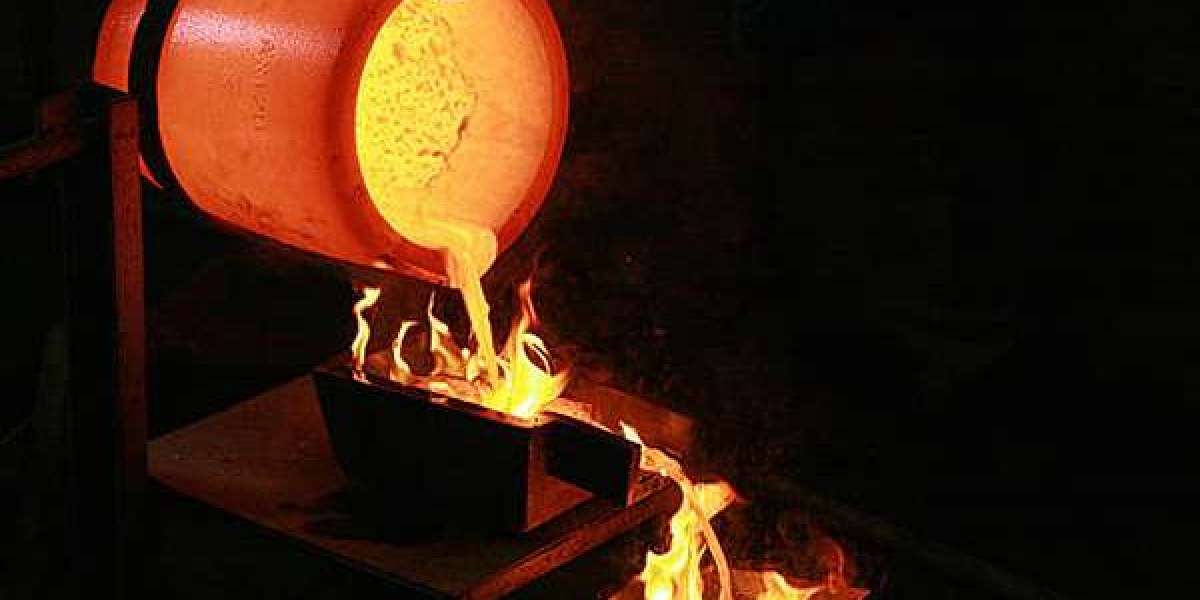Gold is one of the most sought-after metals in the world, not only for its beauty and rarity but also for its unique physical properties. One of the critical characteristics of gold is its melting point, which plays a significant role in various applications, from jewelry making to industrial uses.
The melting point of gold is approximately 1,064 degrees Celsius (1,947 degrees Fahrenheit). This relatively low melting point among metals makes gold easier to work with compared to other precious metals like platinum or palladium. The ability to melt gold at lower temperatures allows artisans and jewelers to create intricate designs without the risk of damaging other components.
When gold is heated to its melting point, it undergoes a phase change from solid to liquid. This process is essential in many manufacturing processes, including casting and alloying. For instance, when creating gold alloys, other metals are often added to gold to enhance its properties. The melting point is crucial in determining the temperatures required for these processes, ensuring the metals mix properly.
Gold's melting point also influences its behavior under different environmental conditions. For example, in a controlled laboratory setting, gold can be melted and cast into various shapes. In contrast, in nature, gold typically exists in a solid state, often found in nuggets or grains within rocks. Understanding the melting point helps miners and geologists assess the feasibility of extracting gold from ore.
In addition to its industrial applications, the melting point of gold is a significant factor in the field of metallurgy. Metallurgists study the melting point to develop better recycling processes for gold, ensuring that scrap gold can be efficiently melted down and reused. This is particularly important given the increasing demand for gold in electronics and renewable energy technologies.
Interestingly, the purity of gold affects its melting point. Pure gold (24 karat) has a defined melting point, but when gold is alloyed with other metals, the melting point can vary. For instance, an alloy with a higher concentration of silver will have a lower melting point than pure gold. This variability is crucial for jewelers and manufacturers who need to consider the properties of the materials they are working with.
Moreover, the melting point of gold has cultural significance. Historically, gold has been used in various forms of currency and jewelry, often symbolizing wealth and power. The processes of melting and reshaping gold have been integral to human civilization, influencing trade, art, and culture throughout history.
In conclusion, the melting point of gold is a fundamental property that impacts its use in various industries and applications. From jewelry making to metallurgical processes, understanding this property is essential for anyone working with gold. As demand for gold continues to grow, particularly in technology and renewable energy, the significance of its melting point will remain a vital area of study.







